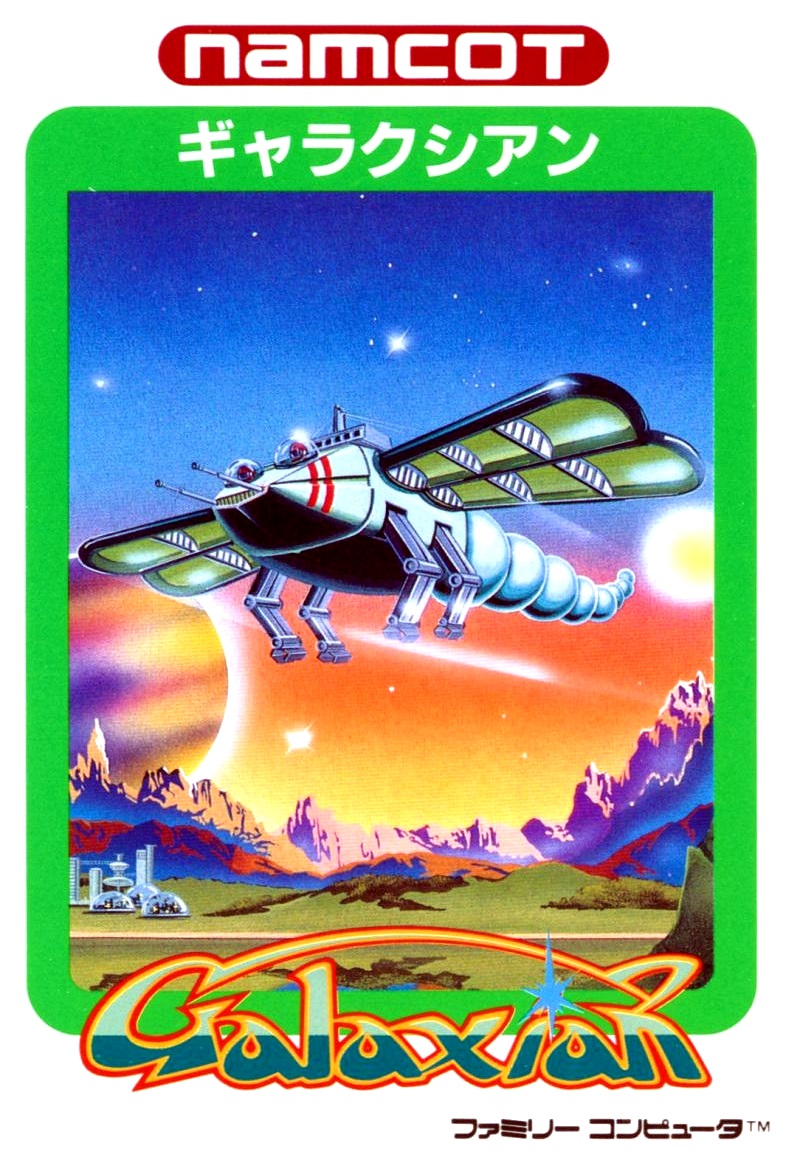
Both games, and a glut of third-party shovelware, were factors in ending Atari's relevance in the console market. was rushed to market for the holiday shopping season and was critically panned and a commercial failure. Pac-Man became the system's biggest selling game, but the conversion's poor quality eroded consumer confidence in the console. The most public was an extreme investment into licensed games for the 2600, including Pac-Man and E.T. Amid competition from both new consoles and game developers, a number of poor decisions from Atari management affected the company and the industry as a whole. In 1982, the Atari 2600 was the dominant game system in North America. By the end of its primary lifecycle in 1983–84, games for the 2600 were using more than four times the storage size of the launch games with significantly more advanced visuals and gameplay than the system was designed for, such as Activision's Pitfall! The VCS became widely successful, leading to the founding of Activision and other third-party game developers and to competition from console manufacturers Mattel and Coleco. The system's first killer app was the home conversion of Taito's arcade game Space Invaders in 1980.

The Atari VCS launched in 1977 with nine simple, low-resolution games in 2 KB cartridges. Lacking funding to complete the project, Bushnell sold Atari to Warner Communications in 1976. The console was prototyped as codename Stella by Atari subsidiary Cyan Engineering.

The first inexpensive microprocessors from MOS Technology in late 1975 made this feasible. Ītari was successful at creating arcade video games, but their development cost and limited lifespan drove CEO Nolan Bushnell to seek a programmable home system. Branded as the Atari Video Computer System ( Atari VCS) from its release until November 1982, the VCS was bundled with two joystick controllers, a conjoined pair of paddle controllers, and a game cartridge-initially Combat and later Pac-Man. Released in September 1977, it popularized microprocessor-based hardware and games stored on swappable ROM cartridges, a format first used with the Fairchild Channel F in 1976. The Atari 2600 is a home video game console developed and produced by Atari, Inc.


 0 kommentar(er)
0 kommentar(er)
